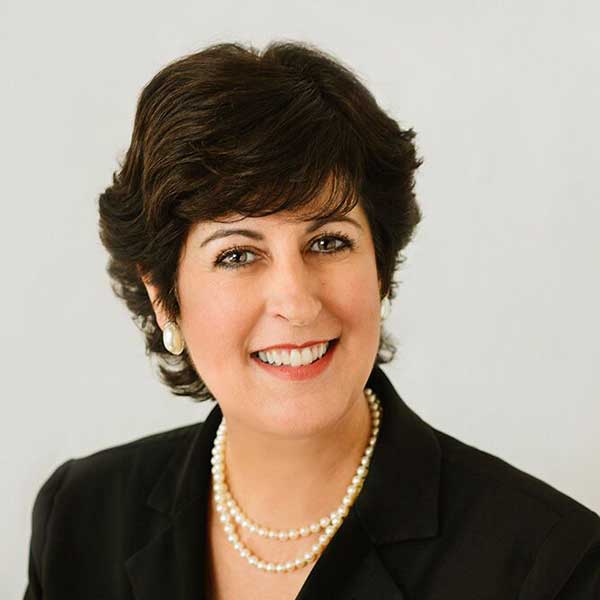
Even estates with Wills usually end up in probate court. In some states, that isn’t a major problem, while in others it can be an expensive headache. But by changing some accounts to transfer on death (TOD), you can prevent some assets from going through probate, says Yahoo! Finance in the article “Transfer on Death (TOD) Accounts for Estate Planning.”
Here’s how it works:
A TOD account (for investment accounts) – or a Payable on Death (POD) Account for bank accounts – automatically transfers the assets to the named beneficiary when the account holder dies. Let’s say you have an investment savings account with $100,000 in it. Your son is the beneficiary on the Transfer on Death account. When you die, the investment savings account transfers directly to him.
A more formal definition: a TOD (or POD) is a provision on a financial account that allows the assets to pass directly to an intended beneficiary – the equivalent of a beneficiary designation. The laws that govern estate planning vary from state to state, but most banks, investment accounts, and even some real estate deeds can become TOD or POD accounts.
Depending on the financial institutions policies, Transfer on Death account holders may be able to name multiple beneficiaries and split up assets any way they wish. For instance, you may be able to open a TOD account naming two children and they’ll each receive 50% of the account at your death.
The beneficiaries you name have no right or access to the TOD account while you’re alive. You can change the beneficiaries at any time, as long as you’re mentally competent. Just as assets in a Will can’t be accessed by heirs until the testator dies, beneficiaries on a Transfer on Death account have no rights or access to a TOD account until the original owner dies.
Simplicity is one reason why people like to use the TOD account. A TOD account usually requires only that a death certificate be sent to an agent at the account’s bank or brokerage house. The account is then re-registered in the beneficiary’s name.
Whatever your Will says doesn’t impact a TOD or POD account. If your Will instructs your executor/personal representative to give all of your money to your sister, but the beneficiary on a TOD account is your brother, the money in the TOD account will go to your brother. Your sister will get any other assets that don’t have a named beneficiary.
But there are also drawbacks to Transfer on Death and Payable on Death accounts – especially when there’s a blended family or other complicated family situations involved. Talk with an estate planning attorney about how a TOD or POD account may fit into your estate plan.
Reference: Yahoo! Finance (June 26, 2019) “Transfer on Death (TOD) Accounts for Estate Planning”
Other articles you may find interesting:
Are Your Estate Planning Documents Age-Appropriate? (Part 1)
Are Your Estate Planning Documents Age-Appropriate? (Part 2)








